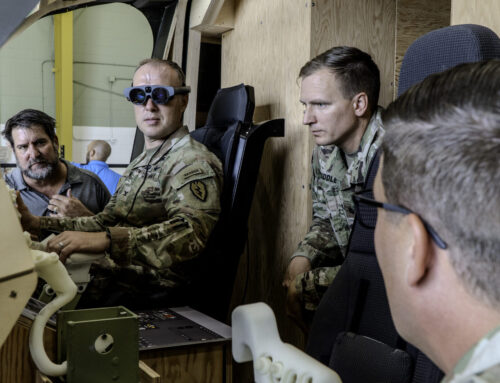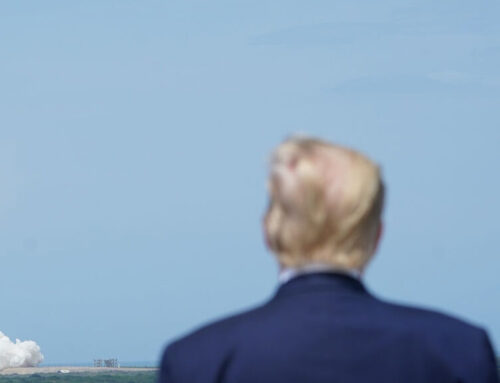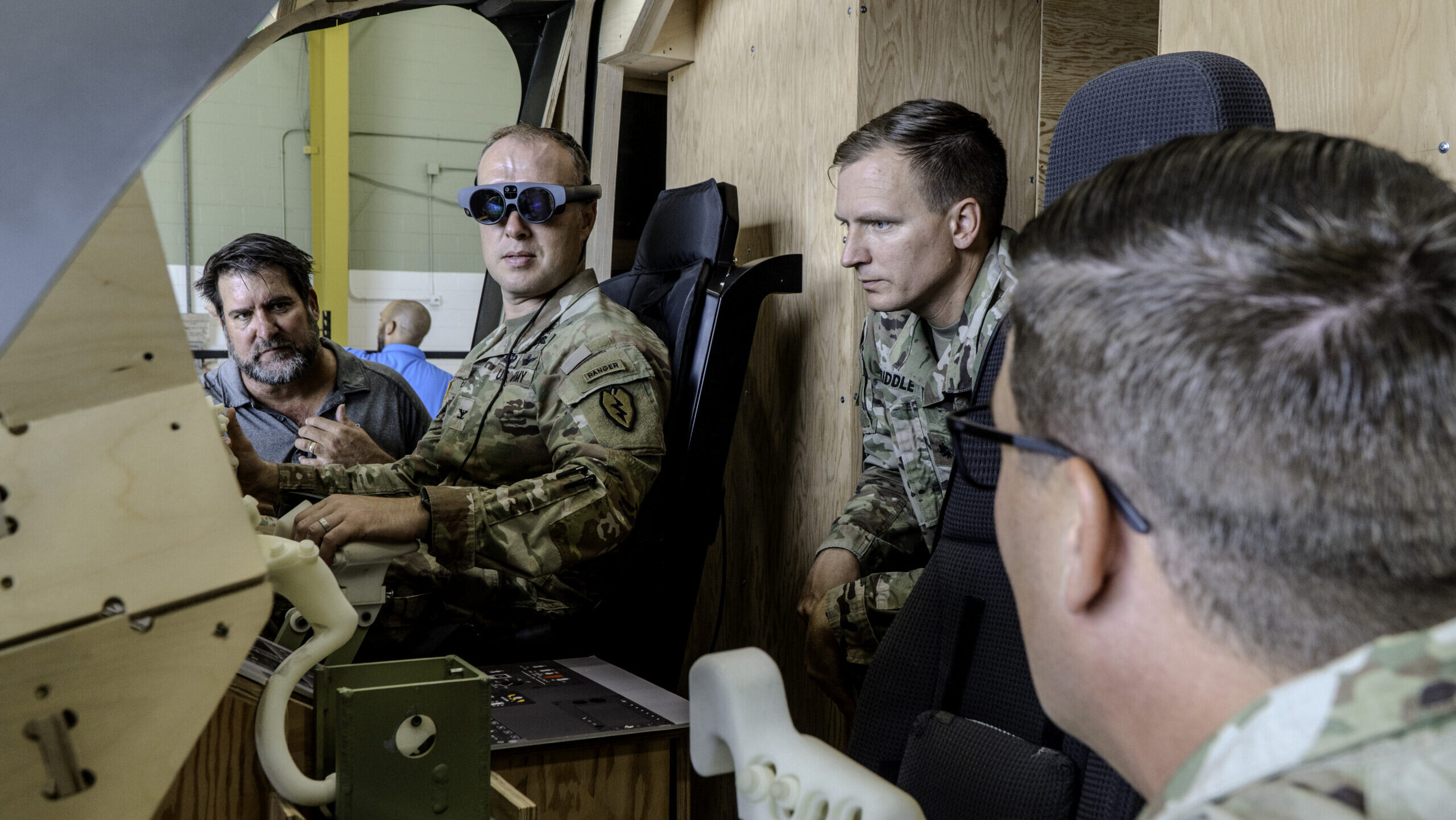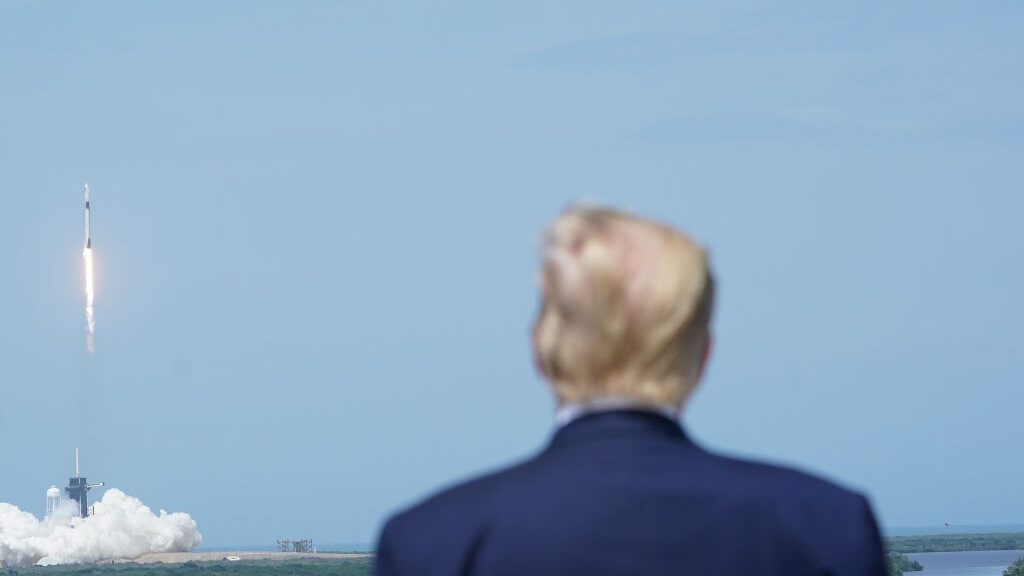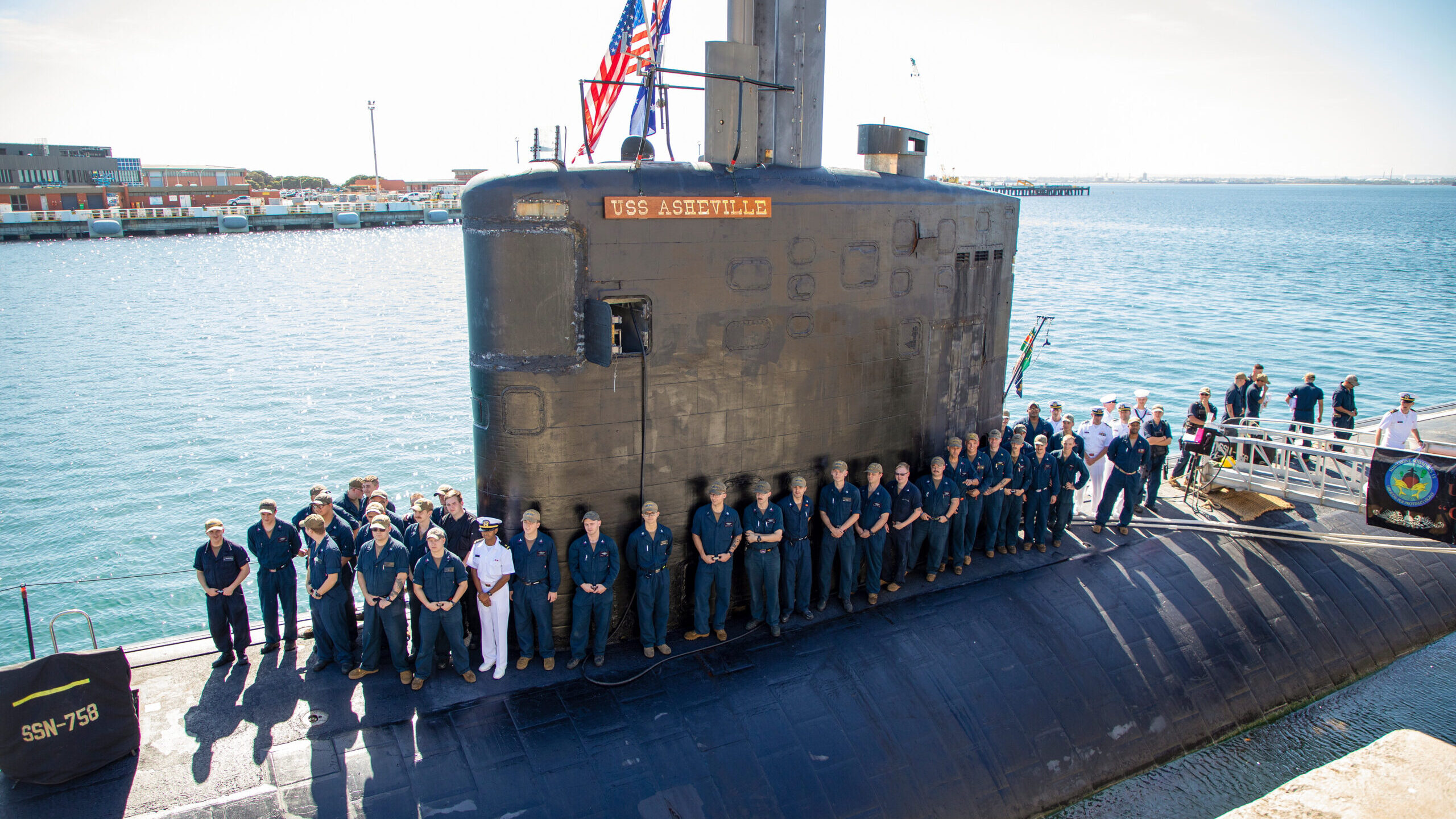
Rep. Don Bacon, R-Neb., makes his way a House Republican Conference meeting in the U.S. Capitol on Thursday, October 19, 2023. (Tom Williams/CQ-Roll Call, Inc via Getty Images)
As we begin the 119th Congress and a new presidential administration, a narrow window of opportunity exists to accelerate Department of Defense technology development and deliver a decisive advantage to the United States as it confronts mounting security challenges in the twenty-first century. As chairman of the House Armed Services Committee Subcommittee on Cyber, IT, and Innovation, I believe we must take this opportunity to act with urgency to prepare our military to win the future.
But first: We in Congress, the executive branch, and industry must stop hiding behind the word “innovation.”
We must move beyond innovation theater and recycled talking points about technology transition. We need real warfighting capabilities, clear-cut ways and means to achieve them, and streamlined resourcing to make it happen on a timeline relevant to the speed of battle and pace of technological change. The time to admire the problem has passed. Now is the time to procure and produce.
As I learned in my 30-year military career, success in any complex task depends on starting with a well-defined desired end state. It may sound simple, but without explicit objectives, we cannot achieve useful results. I implore the new DoD leadership to state quickly and plainly the biggest operational challenges the armed forces must solve. Flowing from these objectives, the department must clearly define the priority capabilities and supporting technologies our warfighters require to deter and — if necessary — defeat adversaries like China, Russia, and Iran.
To deliver results, Congress must have a clear, unambiguous, and prioritized demand signal in areas like biotechnology, quantum, directed energy, nuclear command and control, missile defense, and more.
Armed with these prioritized operational needs, capabilities and technologies, Congress will be able to work collaboratively to authorize and resource the actions necessary to deliver. If ongoing research and development is duplicative, or if it does not aim to solve an operational challenge posed by great power competition, DoD must reassess whether these taxpayer research dollars can be better spent. Ruthless prioritization and focus must be the order of the day.
Once our direction of travel is set, DoD must effectively partner with industry and academia to develop and field critical technologies at increased speed and reduced cost to the US taxpayer. If industry is already committing private capital towards critical technologies, the department must focus resources elsewhere and avoid duplication of effort to maximize the power of government and commercial research investments working in tandem.
There is absolutely a role for bespoke DoD research and development, particularly for specialized military problems for which there is no commercial market. This is where the military service research labs and national laboratories excel. But, unlike the recent past where DoD was the leading investor in science and technology, the paradigm has shifted. US commercial investment now vastly exceeds the US government in dollars spent on research and development.
DoD must harness this and leverage it as the strategic national asset that it is. And Congress can help ensure taxpayer dollars are being invested in essential military R&D, while leveraging the billions of dollars invested by industry for internal R&D that can also help solve military problems.
Time and time again, DoD and Congress reinvent the wheel with strategies and roadmaps for critical technology areas, and what do we really have to show for it? America can no longer afford the time and expense of producing pages and pages of strategies, pilot programs, and technology demonstration and experimentation efforts, with no meaningful follow-on production contracts or capabilities delivered to warfighters at scale. This cycle must end.
In this moment we need clearly defined operational problems to solve, explicit capabilities developed to meet those challenges, clear-cut funding and contracting mechanisms, and a culture that is willing to move fast, take risks, and deliver solutions.
Fortune favors the bold and it’s time to get to work.
Don Bacon is a US representative for the 2nd District of Nebraska and Chairman of the House Armed Services Subcommittee on Cyber, Information Technologies and Innovation. He retired as a brigadier general in the United States Air Force after serving nearly 30 years on active duty.




